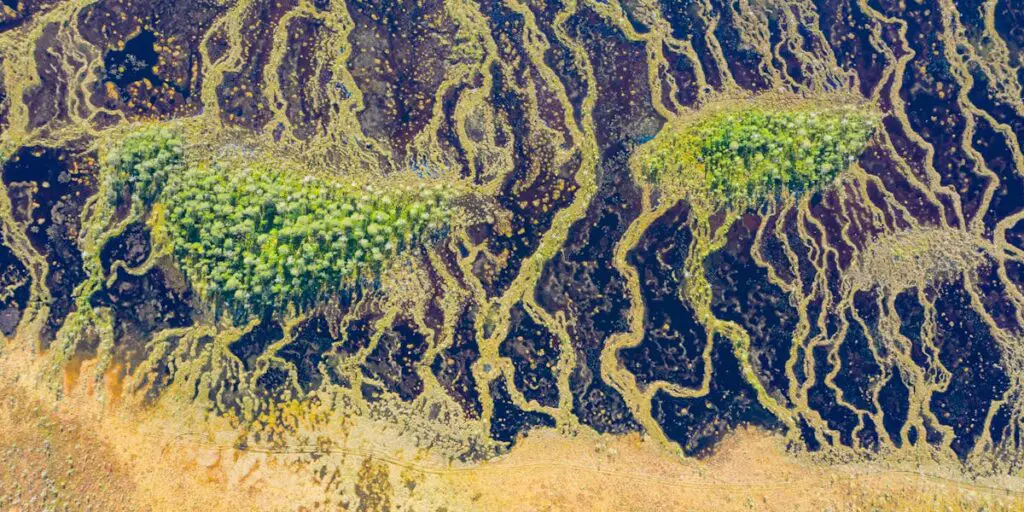The Relevance of Wetlands with Respect to Nature Reserves at the Global Level
Introduction
Wetlands, often referred to as the “kidneys of the Earth,” are vital ecosystems that play a crucial role in maintaining ecological balance. They include marshes, swamps, bogs, and estuaries and are characterized by water-saturated soil conditions. Wetlands act as nature reserves at the global level, providing critical habitats for biodiversity, regulating hydrological cycles, and offering ecosystem services essential for the survival of humans and wildlife.
—
Significance of Wetlands as Nature Reserves
1. Biodiversity Hotspots
Wetlands support a wide variety of flora and fauna, including many endangered and migratory species. Birds such as flamingos and herons, fish like tilapia, and mammals such as otters and beavers thrive in wetland ecosystems.
- Example: The Pantanal in South America is one of the world’s largest wetlands, home to jaguars, capybaras, and giant river otters, demonstrating its role as a biodiversity reserve.
2. Carbon Sequestration and Climate Regulation
Wetlands store vast amounts of carbon in their soils and vegetation, making them critical in mitigating climate change. They act as carbon sinks, reducing the impact of greenhouse gas emissions.
- Example: Peatlands, which occupy just 3% of the Earth’s land surface, store twice as much carbon as all forests combined.
3. Water Purification and Filtration
Wetlands filter pollutants, sediments, and excess nutrients from water, improving water quality and maintaining the health of aquatic ecosystems.
- Example: The Mississippi River Delta in the USA helps filter agricultural runoff, reducing nutrient pollution in the Gulf of Mexico.
4. Flood Control and Water Regulation
Wetlands act as natural sponges, absorbing and storing excess rainfall and preventing floods. They regulate water flow, replenish groundwater, and ensure a steady supply during dry seasons.
- Example: The Sundarbans mangroves in India and Bangladesh protect coastal areas from storm surges and flooding, safeguarding millions of people.
5. Support for Migratory Birds
Wetlands are critical stopovers and breeding grounds for migratory birds. These areas form part of global migratory routes like the East Asian-Australasian Flyway.
- Example: The Ramsar-listed Chilika Lake in India supports millions of migratory birds, including flamingos and pelicans, each year.
6. Livelihoods and Ecosystem Services
Wetlands provide resources like fish, reeds, and medicinal plants, supporting millions of people worldwide. They also offer cultural, recreational, and tourism opportunities.
- Example: The Okavango Delta in Botswana sustains local communities through ecotourism while preserving its unique biodiversity.
—
Threats to Wetlands
Despite their importance, wetlands are among the most threatened ecosystems globally due to:
- Urbanization and land conversion for agriculture.
- Pollution from industrial and agricultural runoff.
- Overexploitation of resources like fish and timber.
- Climate change-induced sea-level rise and droughts.
—
Global Efforts for Wetland Conservation
- Ramsar Convention (1971): A global treaty for the conservation and sustainable use of wetlands. Over 2,400 Ramsar Sites cover more than 250 million hectares worldwide.
- UN Sustainable Development Goals (SDGs): Goals such as SDG 6 (Clean Water and Sanitation) and SDG 15 (Life on Land) emphasize wetland conservation.
- International Cooperation: Initiatives like the East Asian-Australasian Flyway Partnership promote collaborative wetland conservation efforts for migratory birds.
—
Conclusion
Wetlands are indispensable for maintaining global ecological balance, supporting biodiversity, and providing essential ecosystem services. Their role as nature reserves underscores the need for their protection and sustainable management. Addressing threats through international cooperation, policy implementation, and community participation can ensure the survival of these critical ecosystems for future generations.





